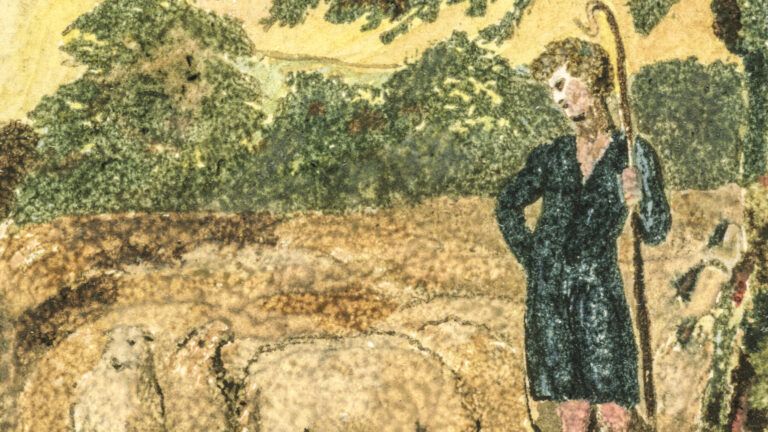The bank I frequent has a drive-through ATM, which is convenient because it saves me from having to get out and wait in a long teller line inside.
For years, I’ve followed the same routine: I pull up to the machine, make my deposits or withdrawals, then drive over and park in a spot about 50 feet away, underneath a big old stately shade tree, while I tuck my money in my wallet and put away my receipts. Quick and easy.
One windy summer morning I had a lot of errands to run and was low on cash. So I drove over to my bank, waited patiently behind another car, then pulled up to the ATM. I put the car in park and slipped my card into the slot as usual. But the machine immediately spat it back out. “Cannot read card,” the screen read.
That’s strange, I thought. Maybe I’d put the card in the wrong way. I tried again. Again the card shot back out. “Cannot read card.”
I flipped the card over and inspected the magnetic strip. It sure looked fine. I couldn’t find any deep scratches or defects.
I rubbed it gently against my shirt in case there was any dirt, and tried one more time. Spat out again. “Cannot read card.”
Now I was getting annoyed at the delay in my morning. I really didn’t want to go inside the bank for a withdrawal. Judging by all the cars parked in the lot, I would have to wait a while.
“What’s going on here, Lord?” I muttered.
Crack! What was that? I turned toward the sound. The leaves of the stately old shade tree by the parking lot shook violently.
Snap! I watched as the trunk split right down the middle and the right part of the tree calved off to the side, crashing to the ground. Right in my favorite parking spot. I could see the exposed inner trunk, clearly rotted through.
I stared in shock, until a car that had pulled up behind me gave me a polite little beep.
On autopilot, I tried my ATM card again. The screen popped up, asking me what I’d like to do.
Deposit? Withdraw? Too bad there wasn’t a button to give thanks.





